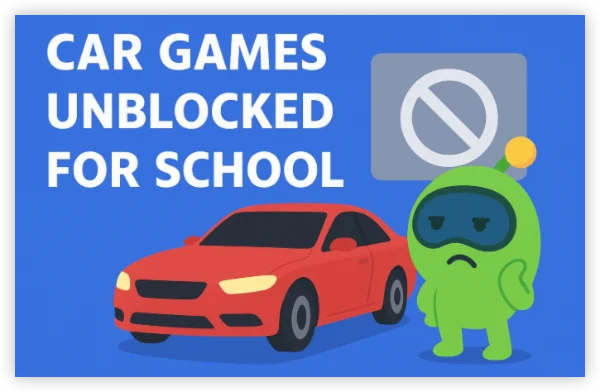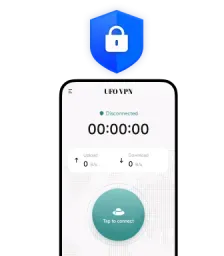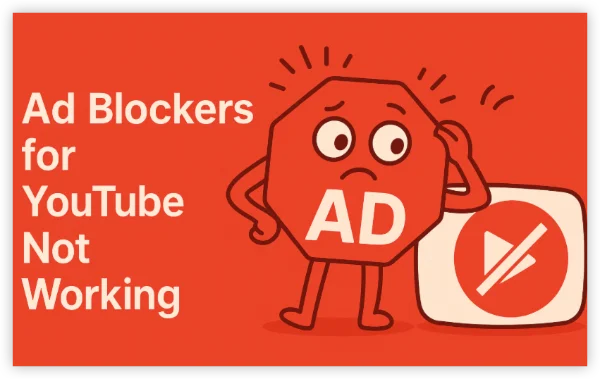The scope: calendars, regions, and what a “season” looks like
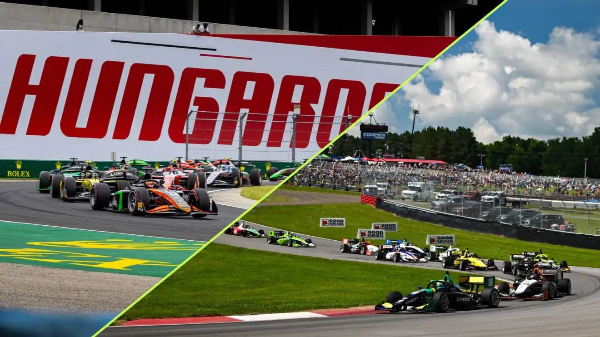
A simple way to frame F1 vs IndyCar is geography and cadence. Formula 1 runs a globe-spanning calendar across ~20+ venues on five continents, stretching from early spring into late fall; IndyCar concentrates its racing in North America, with occasional trips like Toronto, and typically wraps earlier. The overlap means you can watch both on the same weekend, but the travel, logistics, and variety of circuits diverge sharply.
-
F1: worldwide travel, purpose-built road courses and temporary street tracks; no ovals.
-
IndyCar vs F1 distinction: IndyCar mixes permanent road courses, bumpy street circuits, and ovals (short ovals and superspeedways), giving fans a three-discipline season arc unique to the series.
For streamers, this split impacts broadcast rights and regional availability. If your network or location blocks streams—or your ISP slows sports traffic—a free proxy VPN in UFO VPN that masks your IP and encrypts your connection is essential to watch consistently and privately.
Cars and tech: spec vs constructor, powertrains, and safety
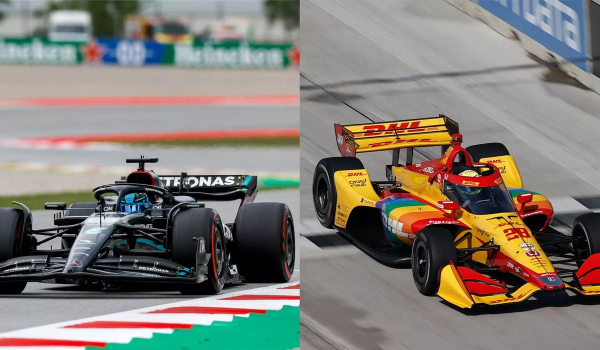
If you remember one thing about F1 vs IndyCar car design, make it this: IndyCar is a spec formula; F1 is a constructor formula.
-
IndyCar uses a common Dallara chassis and aero kit for all teams, with engines from Chevrolet or Honda. This keeps development in check and emphasizes driver skill and setup.
-
F1 mandates detailed technical rules, but each team designs and develops its own car (chassis, aero philosophy, packaging), yielding radically different solutions within a tight rulebook.
Power units and hybrid systems
-
F1: 1.6-liter V6 turbo hybrid power units with sophisticated energy recovery (MGU-K and, until 2026, MGU-H), refined since 2014 and evolving toward more electrical power and sustainable fuels in 2026.
-
IndyCar vs F1 development path: IndyCar introduced a hybrid assist in July 2024—debuting at Mid-Ohio—that integrates energy recovery and deploys extra power alongside Push-to-Pass on road/street circuits, lifting combined output past 800 hp. The base engine remains a 2.2-liter twin-turbo V6.
Safety philosophy
-
F1 uses the halo cockpit structure;
-
IndyCar uses the aeroscreen—a ballistic windscreen and titanium frame co-developed with Red Bull Advanced Technologies. The aeroscreen has been iterated to become lighter while preserving impact protection.
These choices shape F1 vs IndyCar racing: IndyCar’s spec platform compresses the field and tolerates robust wheel-to-wheel battles across three track types; F1’s bespoke cars and aero sensitivity reward development gains and precision driving at the limit.
Overtaking and race craft: DRS vs Push-to-Pass, starts, and cautions
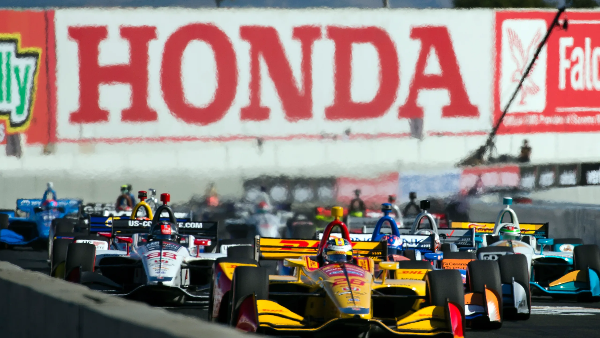
Mechanisms that enable passing differ across F1 vs IndyCar:
-
F1: DRS (Drag Reduction System) opens a rear-wing flap in designated zones when within one second of the car ahead, reducing drag for a brief speed boost. It’s been an overtaking aid since 2011, with periodic tweaks; debates continue about balance and spectacle.
-
IndyCar: Push-to-Pass (P2P) grants time-limited extra horsepower on most road/street circuits. Since mid-2024, hybrid assist can be deployed with P2P, giving drivers additional tactical options on attack or defense.
Starts and neutralizations also separate F1 vs IndyCar:
-
F1 mostly uses standing starts and deploys a safety car or Virtual Safety Car for incidents.
-
IndyCar typically uses rolling starts and full-course cautions (yellows) that bunch the field, dramatically reshaping strategy windows on fuel and tires.
Put together, IndyCar vs F1 passing dynamics feel different: IndyCar often swings on cautions, fuel delta, and late-race restarts; F1 emphasizes track position, undercut/overcut strategy, tire management, and DRS timing.
Speed, lap time, and where each series is “fastest”
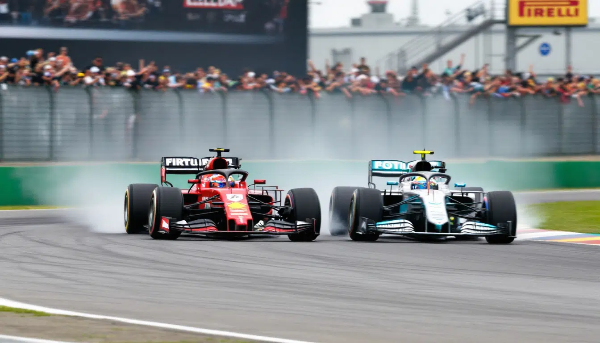
Fans love the F1 vs IndyCar speed question. The answer depends on the venue.
-
Top speed: On superspeedway ovals (not used by F1), IndyCars can exceed 230–240 mph, out-dragging an F1 car’s typical straight-line peak of ~220 mph.
-
Lap time: On complex road courses and street circuits, F1’s cornering speed and aero efficiency usually deliver the quicker lap—especially through high-downforce sequences and heavy-braking zones.
This is why the headline “who’s faster” in F1 vs IndyCar has two truths: IndyCar owns the absolute oval top speed; F1 tends to be quicker on technical road/street layouts.
Tires, pit stops, and strategy: why races play out differently
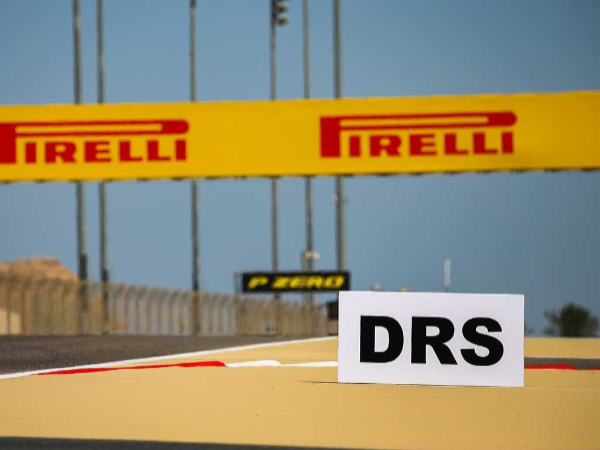
From the couch, F1 vs IndyCar pit stops and tire rules look similar; the details create very different rhythms.
-
F1 prohibits refueling; stops are tire-only and can drop below three seconds, making track position swings sensitive to even tenths. Tire compounds, stint lengths, and undercut/overcut windows drive much of the race chess.
-
IndyCar vs F1 distinction: IndyCar allows refueling, so pit windows are shaped by fuel mileage and full-course cautions. Firestone’s primary/alternate compounds (including the green-walled guayule “alternate” at some events) add strategic diversity, but refueling speed and caution timing can overshadow pure tire delta.
On street circuits with P2P and cautions, F1 vs IndyCar strategy feels divergent: IndyCar rewards fuel-save brilliance and opportunism; F1 rewards tire-deg mastery and over/undercut precision.
Money, teams, and development: parity vs ingenuity
Budgets and engineering scope are a defining F1 vs IndyCar separator.
-
F1 teams are constructors and, even with cost caps, spend heavily on wind-tunnel time, CFD, materials, and mid-season upgrade packages. Success blends driver excellence with sustained aero/mechanical development.
-
IndyCar vs F1 parity: a spec chassis and fixed aero kit compress the performance window and cost, shifting competitive edges toward setup craft, pit execution, and driver adaptability across ovals, roads, and streets.
Result: F1 vs IndyCar competitiveness is expressed differently. F1’s field spreads via development; IndyCar’s spreads via setup, caution timing, and versatility.
Watch securely anywhere with VPN
UFO VPN - The best free VPN helps:
Whether you’re following F1 vs IndyCar from home or while traveling, two practical issues can ruin race day: regional streaming restrictions and activity-based ISP throttling. A trusted VPN solves both problems:
-
Privacy and anti-throttling: A VPN encrypts your traffic so your ISP can’t profile “sports streaming” and slow it down.
-
Access on restricted networks: School, office, hotel, or café networks often block sports streams; VPN tunneling helps you reach your paid service reliably.
-
Safer public Wi-Fi: Encrypt logins and payment details when buying race passes or managing subscriptions on the go.
Why UFO VPN? You get AES-256 encryption, a Smart Connect option that picks an uncongested, nearby server, Split Tunneling (route only your streaming app through the VPN), a Kill Switch, and 2000+ global servers across 100+ countries—helpful when you need a stable route on a busy Sunday. It’s a simple, effective way to enjoy F1 vs IndyCar weekends in HD without buffer-inducing throttling, while keeping your identity and IP address private.
💛Open UFO VPN in 4 Steps Below:
UFO VPN is compatible with mobile and desktop devices. Download UFO VPN for iOS, UFO VPN for Android on mobiles or UFO VPN for PC, UFO VPN for Mac on your desktop. Install the app and sign up or log in.
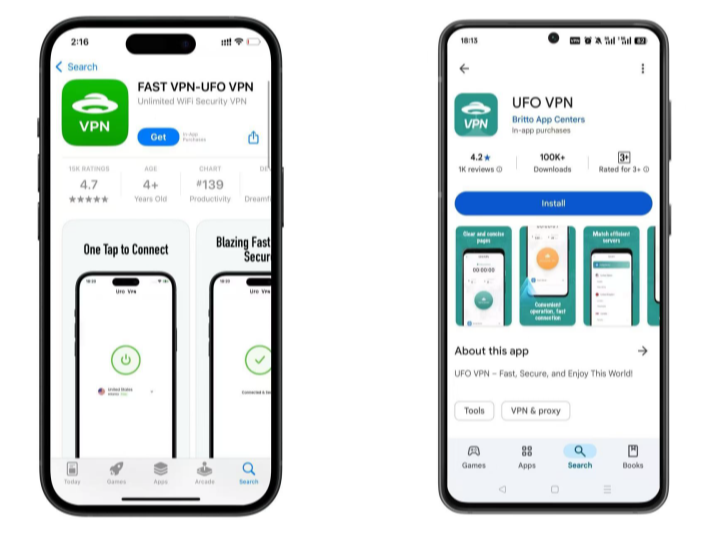
Open the app, choose a server location with a Netflix VPN server or Fast VPN connections include a free US server, free UK server and free Australia server. Tap the button to connect.
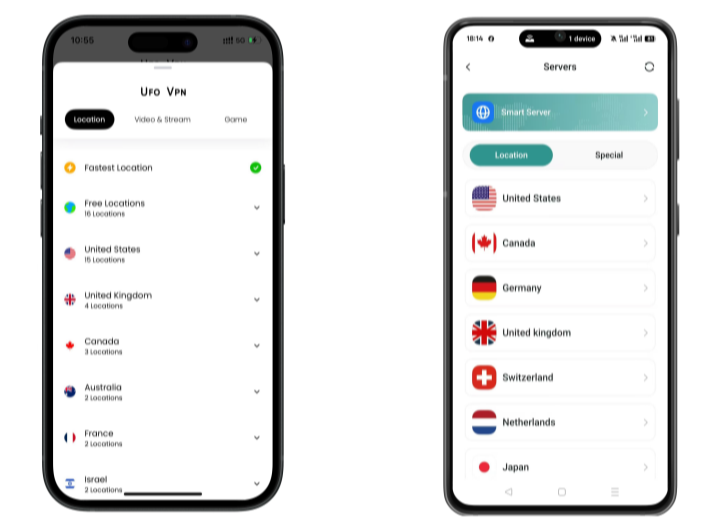
After connecting, visit an IP lookup tool to see your current location and ensure your IP changes after using the VPN.
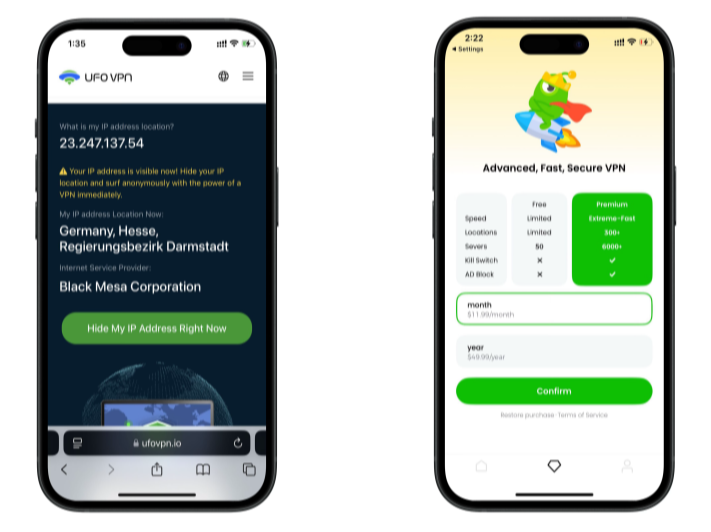
Once connected, visit your favorite shows and movies and start watching without geo-blocks or buffering!
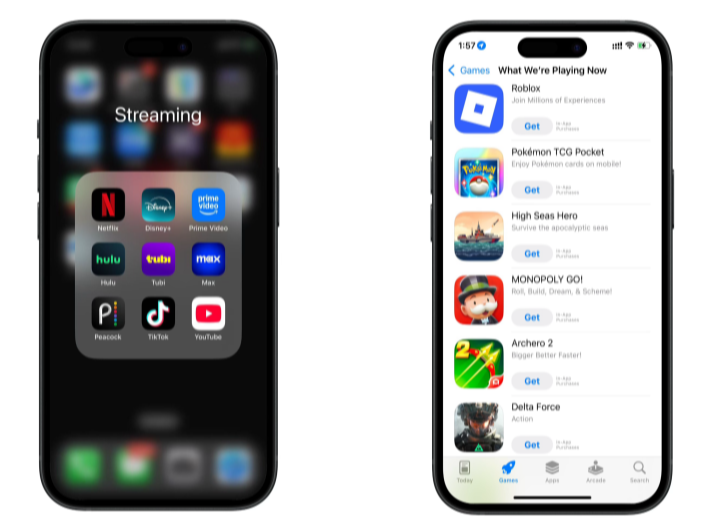
FAQs
Which cars are “faster,” F1 or IndyCar?
It depends on the venue. On superspeedways, IndyCar’s low-drag trim reaches 230–240 mph, outpacing typical F1 straight-line figures. On technical road/street courses, F1’s cornering and braking yield quicker lap times. That’s the balanced answer to the classic F1 vs IndyCar speed debate.
Why do IndyCar and F1 races feel so different to watch?
Cautions and rolling restarts (IndyCar) vs safety car/VSC and standing starts (F1), refueling vs tire-only stops, P2P vs DRS, and the spec vs constructor design philosophies create two distinct racing rhythms in F1 vs IndyCar.
What changed with IndyCar’s engines recently?
In mid-2024, IndyCar introduced a hybrid assist system that works with Push-to-Pass on road/street circuits, raising combined output past 800 hp and adding a new strategic layer to IndyCar vs F1 comparisons. The base engine remains a 2.2-liter twin-turbo V6.
How do the safety devices differ?
F1 uses the halo; IndyCar uses the aeroscreen, a ballistic windscreen plus titanium frame designed to deflect debris and improve cockpit protection. The aeroscreen has been refined to reduce weight while maintaining strength, and it’s used on ovals, road, and street circuits.

